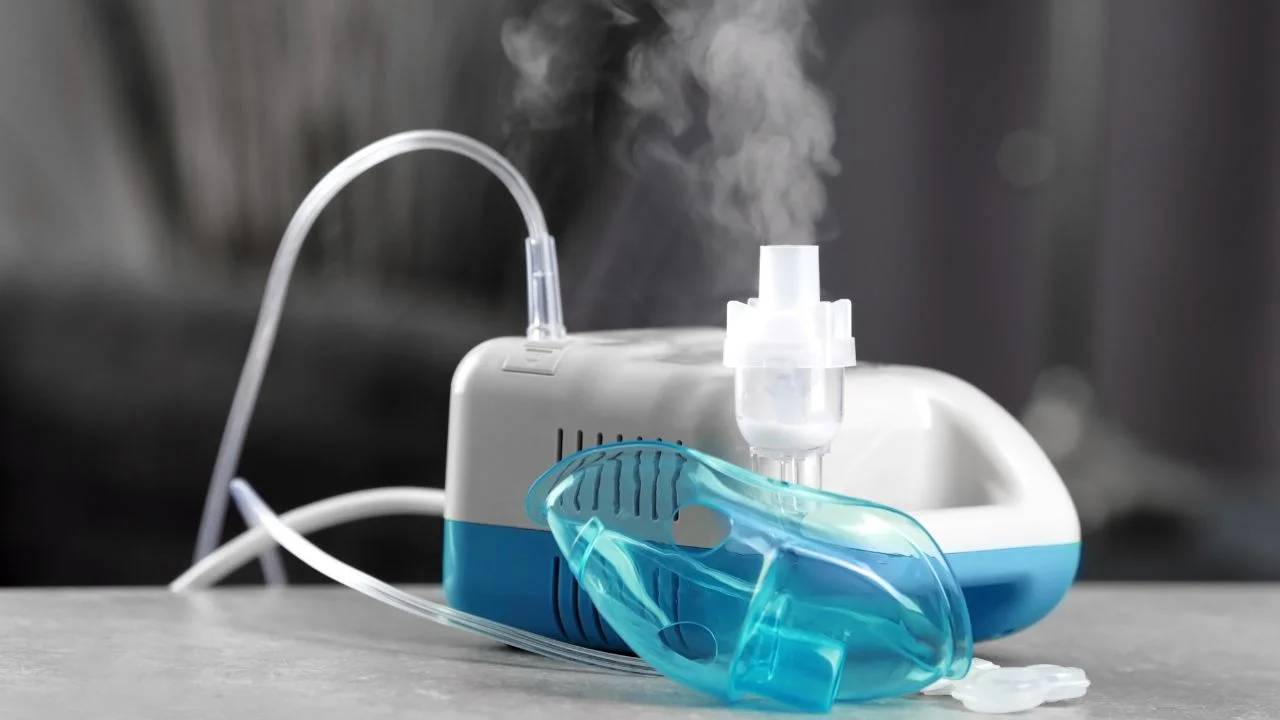
Nebulisers are medical devices that convert liquid medication into a fine mist, which can be inhaled directly into the lungs. They are commonly used to treat respiratory conditions such as asthma, chronic obstructive pulmonary disease (COPD), and cystic fibrosis. Nebulisers are often used in hospitals, clinics, and homes to provide quick and effective relief from respiratory symptoms.

History of Nebulisers
The first nebuliser was invented in the 19th century by a Scottish physician named Dr. Sales-Girons. The early nebulisers were large and cumbersome, but they paved the way for the development of modern nebulizers. Today, nebulisers are compact, portable, and easy to use.
_Types of Nebulisers_
There are several types of nebulisers available, including:
- Jet nebulisers: Jet nebulisers use a jet of compressed air to create a fine mist of medication. They are the most common type of nebuliser and are often used in hospitals and clinics.
- Ultrasonic Nebulisers: Ultrasonic nebulisers use high-frequency sound waves to create a fine mist of medication. They are quieter and more portable than jet nebulisers.
- Mesh nebulisers: Mesh nebulisers use a mesh screen to create a fine mist of medication. They are compact and portable, making them ideal for home use.
- Vibrating Mesh Nebulisers: Vibrating mesh nebulisers use a vibrating mesh screen to create a fine mist of medication. They are fast and efficient, making them ideal for emergency situations.
_How to Use a Nebuliser_
Using a nebuliser is a simple process that requires some basic steps. Here’s a step-by-step guide on how to use a nebuliser:
- Prepare the nebuliser: Before using the nebuliser, make sure it is clean and free of any debris.
- Add the medication: Add the prescribed medication to the nebuliser cup. Make sure to follow the instructions provided by your healthcare provider.
- Assemble the nebuliser: Assemble the nebuliser according to the manufacturer’s instructions.
- Turn on the nebuliser: Turn on the nebuliser and adjust the settings according to your healthcare provider’s instructions.
- Inhale the medication: Inhale the medication slowly and deeply through the mouthpiece. Make sure to breathe normally and avoid inhaling too quickly.
- Clean the nebuliser: After each use, clean the nebuliser according to the manufacturer’s instructions.
_Benefits of Nebulisers_
Nebulisers have several benefits, including:
- Quick relief: Nebulisers provide quick relief from respiratory symptoms such as wheezing, coughing, and shortness of breath.
- Targeted delivery: Nebulisers deliver medication directly to the lungs, where it can help to relieve symptoms and improve lung function.
- Easy to use: Nebulisers are easy to use and require minimal training.
- Portable: Nebulisers are portable and can be used at home, in the hospital, or on the go.
_Common Nebulisers Medications_
Some common medications used in nebulisers include:
- Albuterol: Albuterol is a bronchodilator that helps to relax the muscles in the airways and improve airflow to the lungs.
- Ipratropium: Ipratropium is an anticholinergic medication that helps to reduce inflammation and improve lung function.
- Budesonide: Budesonide is a corticosteroid medication that helps to reduce inflammation and improve lung function.
- Cromolyn sodium: Cromolyn sodium is a mast cell stabiliser that helps to reduce inflammation and improve lung function.
_Nebulisers Safety Precautions_
When using a nebuliser, it is essential to follow safety precautions to minimise the risk of side effects and ensure effective treatment. Here are some safety precautions to follow:
- Read the instructions carefully: Before using a nebuliser, read the instructions carefully to ensure that you understand how to use it correctly.
- Use the nebuliser as directed: Use the nebuliser as directed by your healthcare provider, and do not exceed the recommended dose.
- Clean the nebuliser regularly: Clean the nebuliser regularly to prevent the growth of bacteria and other microorganisms.
- Monitor your symptoms: Monitor your symptoms regularly and adjust your treatment plan as needed.
_Conclusion_
Nebulisers are medical devices that convert liquid medication into a fine mist, which can be inhaled directly into the lungs. They are commonly used to treat respiratory conditions such as asthma, COPD, and cystic fibrosis. By following safety precautions and using the nebuliser correctly, individuals









